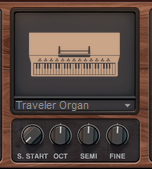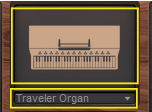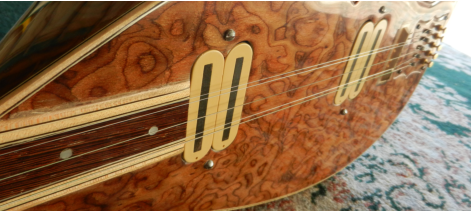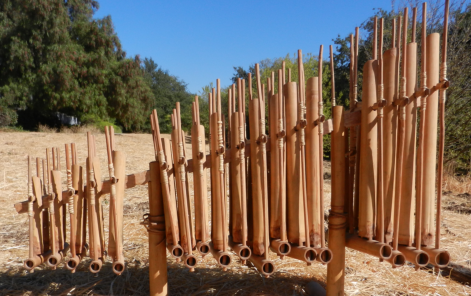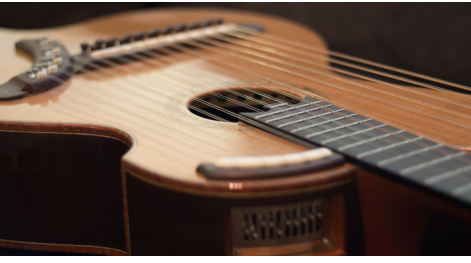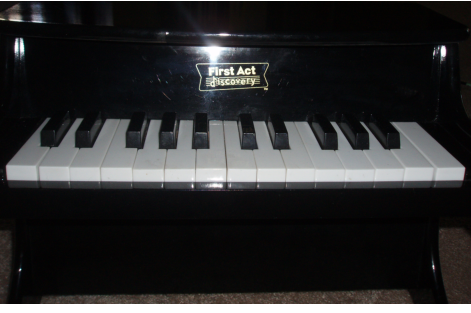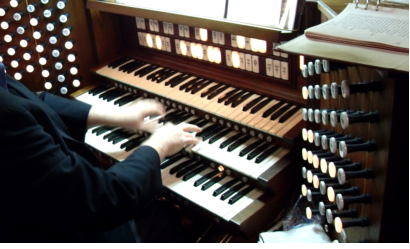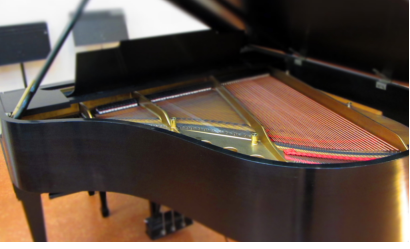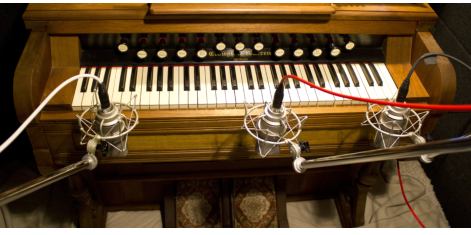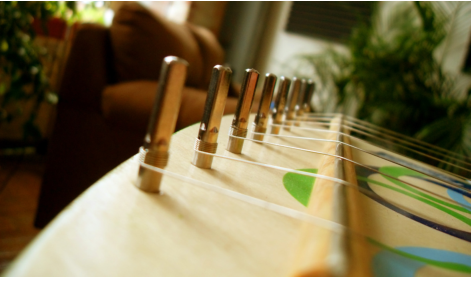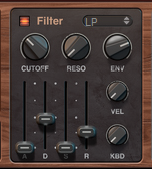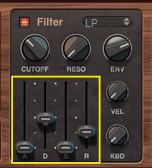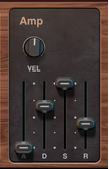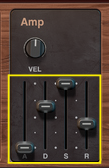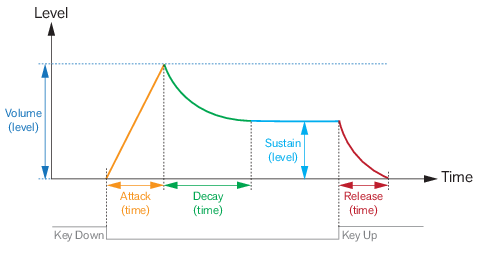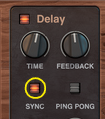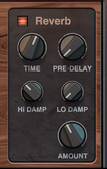|
•
|
|
•
|
|
•
|
|
•
|
|
•
|
The standard ADSR type envelope controls the filter cutoff frequency modulation over time. The ADSR envelope characteristics are described in detail in “Amp Envelope”.
|
•
|
|
•
|
Note that the Delay effect is routed as a “send effect”, with the Amount knob working as an “effect return” control. This means that if you play a short note with the Amount knob set to zero, you might still get a delay effect if you turn up the Amount afterwards (depending on the Feedback setting, see “Feedback”).
Note that the Reverb effect is routed as a “send effect”, with the Amount knob working as an “effect return” control. This means that if you play a short note with the Amount knob set to zero, you might still get a reverb effect if you turn up the Amount afterwards (depending on the Time setting, see “Time”).
